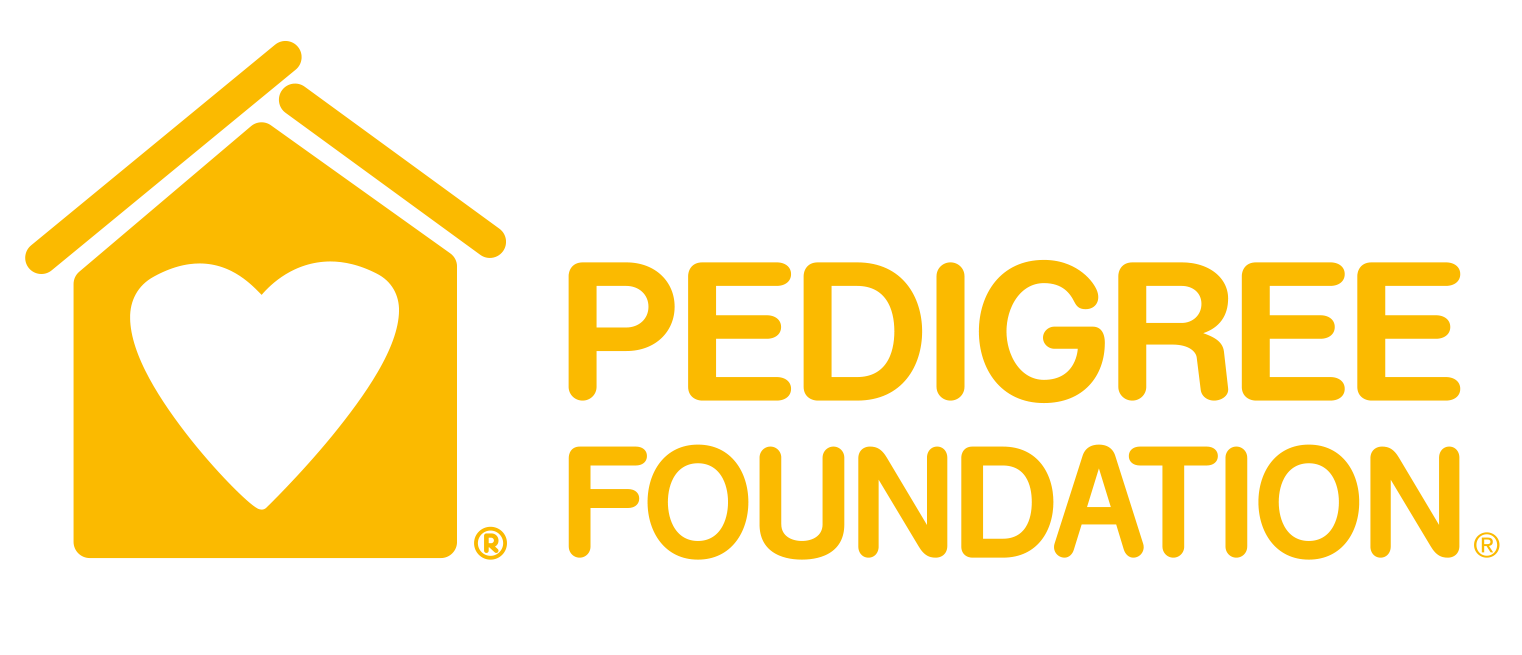One in four people in the United States has been diagnosed with a disability, some of which are visible and others that are invisible.
In your animal welfare organization, you will engage with people with disabilities every day, as employees, employers, volunteers, adopters, foster caregivers, donors, people who need pet support services, and people who are visiting your shelter for any reason.
In this blog, I’ll share some of the basics everyone in your organization should know.
In part two, I’ll share how to ensure your organization is more welcoming and inclusive, so every person you interact with will feel a sense of belonging.
What is a disability?
Disability is a complex term that can be defined in various ways, depending on the author, context, and purpose.
There is no one uniform definition. For example, the Centers for Disease Control (CDC) and World Health Organization (WHO) share a definition. The Americans with Disabilities Act (ADA) has another, and the Social Security Administration (SSA) uses a slightly different definition still.
We’ll share the ADA’s definition here, since your organization most likely follows the federal law.
Under the ADA, which protects people with disabilities from discrimination, disability is a “physical or mental impairment that substantially limits one or more major life activities, a person who has a history or record of such an impairment, or a person who is perceived by others as having such an impairment.”
Major life activities include basic life skills such as communication, walking, reading, and major bodily functions (i.e. respiratory, digestive, endocrine, neurological, immune system, etc.).
If the condition does not significantly impact these life skills or functions, it is likely not covered under the ADA, but this does not mean that a person does not have a disability in fact or law.
What are some common categories of disability?
Physical disabilities: May relate to how a person moves around, communicates, or interacts with their environment. Examples: a person who has mobility challenges and uses a wheelchair, crutches, or prosthetics; a person with an acquired brain injury; someone with COPD who requires oxygen; or a person who has lost their vision due to glaucoma or cataracts.
Developmental disabilities: A large umbrella term for many different types of cognitive and/or physical disabilities that are diagnosed before age 22, impact a person’s development, and are likely to be long-term. Some examples: cerebral palsy, spina bifida, traumatic brain injury (TBI), epilepsy, autism spectrum disorder, hearing loss, and ADHD.
Intellectual disabilities: Fall under the category of developmental disabilities. They must be diagnosed before the age of 18 and relate to a person’s cognitive and communicative capabilities and daily living skills. Some syndromes and conditions associated with intellectual disabilities include: fragile X syndrome, Down syndrome, genetic conditions, and fetal alcohol syndrome.
Mental health disabilities or psychological disorders: Sometimes referred to as mental illness or mental health disorders, these are psychological conditions that can impact a person’s ability to function and perform self-care tasks. Some examples include schizophrenia, bipolar disorder, and moderate to severe depression. Dementia and Alzheimer’s are also disabilities that impact a person’s cognitive abilities.
While these categories are helpful, it’s important to respect a person’s choice as to how they define themselves. For example, some people with Autism or those who are Deaf often do not consider themselves to be disabled.
In part II, I talk more about language and etiquette. For now I will leave you with: A person has the right to choose to disclose their disability or not. If someone requests accommodations, it is up to them how they want this information to be shared. It is not okay for an employer or anyone else to talk about someone’s disability without their permission.








